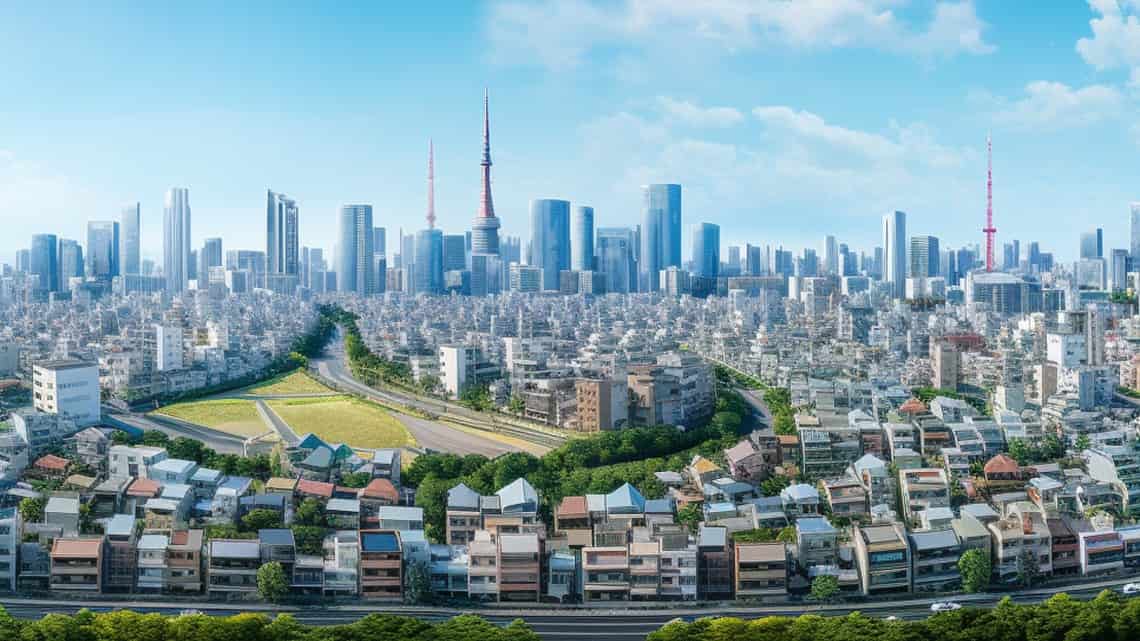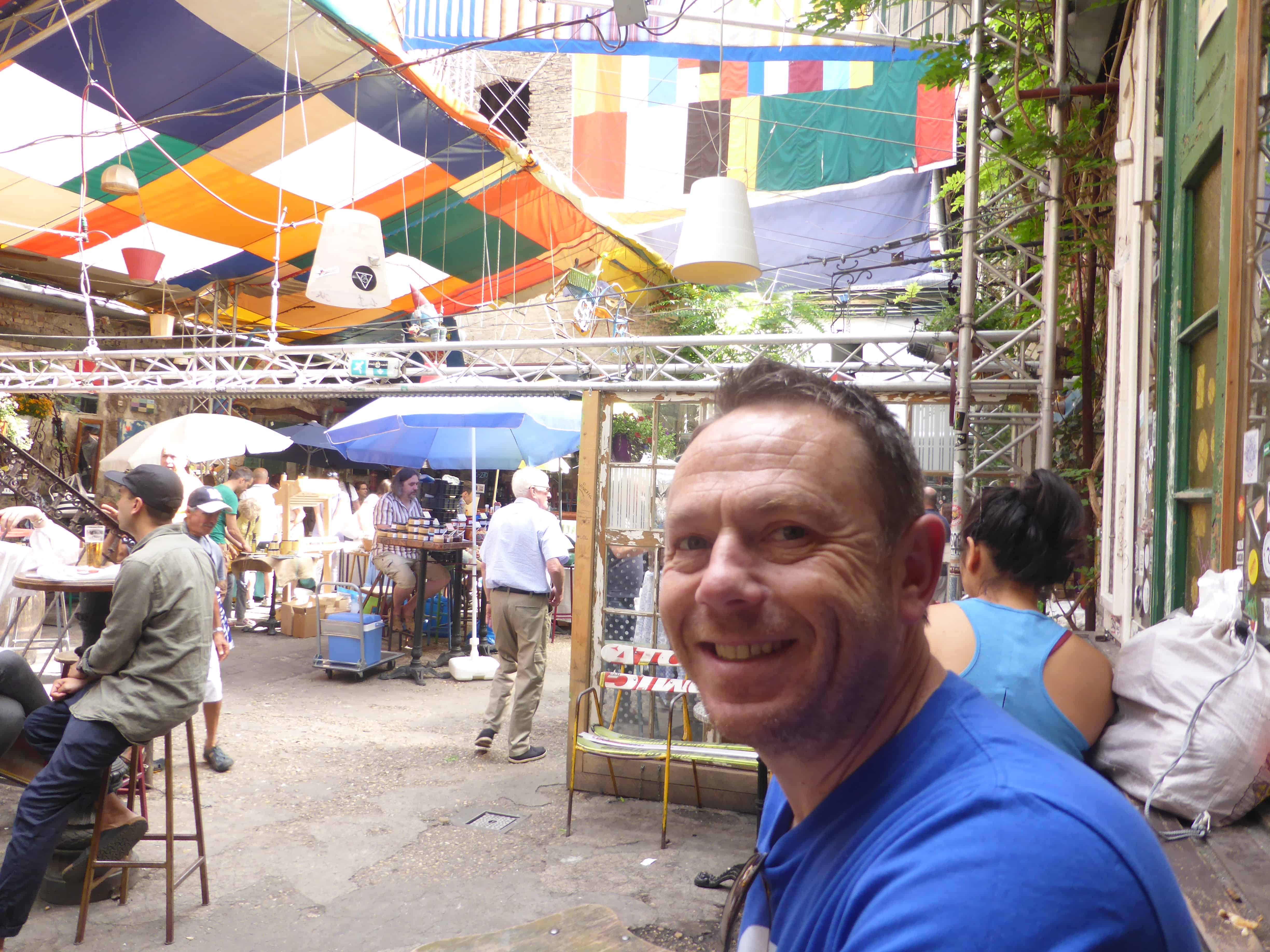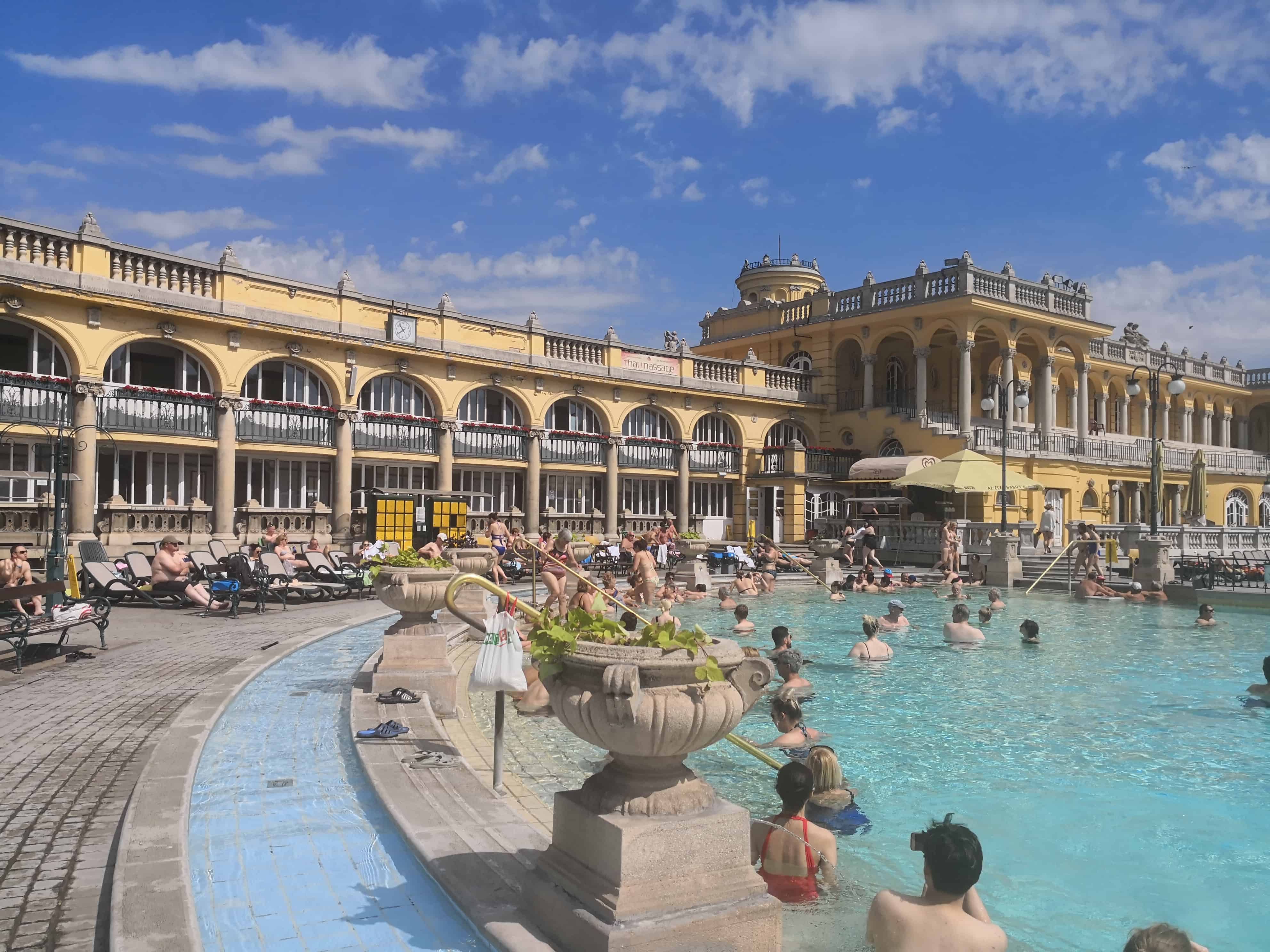
Japan: Bulletpoint History For Travellers
1. Introduction: The Land of the Rising Sun
Japan, often known as the Land of the Rising Sun, is an island nation with a history as deep and intricate as its beautiful landscapes.
From ancient pottery to modern technology, let’s embark on a journey through Japan’s past.

2. The Ancient Times:
- The Jomon Period: Earliest Settlers During this time, people in Japan lived as hunter-gatherers and created intricate pottery. Some of these artifacts can be seen in museums like the Tokyo National Museum.
- The Yayoi Period: Agricultural Revolution The introduction of rice cultivation transformed Japan. This period saw the beginning of metal tools and the establishment of small villages.
3. The Classical Era:
- The Asuka and Nara Periods: Cultural Flourishing Buddhism was introduced, leading to the construction of the Todai-ji Temple in Nara, which houses the world’s largest bronze Buddha statue.
- The Heian Period: A Golden Age This era is known for its art, literature, and the establishment of Kyoto as the capital. The Kiyomizu-dera Temple in Kyoto is a testament to the architectural marvels of this period.
4. The Medieval Times:
- The Kamakura Period: Rise of the Samurai The samurai, Japan’s warrior class, rose to prominence. The Great Buddha in Kamakura is a popular attraction from this era.
- The Muromachi Period: Political Upheavals Marked by political strife, this period also saw the construction of beautiful structures like the Golden Pavilion in Kyoto.
5. The Early Modern Era:
- The Edo Period: Centuries of Peace Japan closed its doors to the outside world, leading to a unique culture. Tourists today visit the Edo-Tokyo Museum to get a glimpse of life during this time.
6. Modern Times:
- Meiji Restoration: Embracing the West, Japan opened up to Western influence, modernizing rapidly. The Meiji Shrine in Tokyo commemorates this transformative era.
- World War II: A Nation’s Struggle A challenging period for Japan, but the country’s resilience led to a remarkable recovery.
- Post-War Era: Rapid Modernization Japan rebuilt and emerged as a technological powerhouse, with cities like Tokyo showcasing its modern achievements.
7. Today’s Japan:
- Technological Advancements and Cultural Exports From robotics to anime, Japan is a leader in technology and culture. Cities like Akihabara in Tokyo are hubs for tech enthusiasts.

8. Summary: A Journey Through Time
Japan’s history is a tale of resilience, innovation, and cultural richness. From ancient temples to bustling cities, it offers a unique blend of the old and the new.
Japan – Facts & Figures in Brief:
- Official name: Japan
- Form of government: Parliamentary government with a constitutional monarchy
- Capital: Tokyo
- Population: 126,168,156 (2023 est.)
- Urban Population: Over 90% of the population lives in cities.
- Religions: Shintoism and Buddhism are the major religions, with a minority practising Christianity and other faiths.
- Official language: Japanese
- Currency: Japanese yen (JPY)
- GDP (as of 2021): Approximately $5 trillion, making it the third-largest economy in the world.
- Area: 145,883 square miles (377,835 square kilometers)
- Major mountain ranges: Japanese Alps
Highest Peak: Mount Fuji, at 3,776 meters. - Major rivers: Biwa, Inawashiro, Kasumigaura
- Nearest neighbours: Russia (north), Korea and China (south)
- Geographic features: Japan is an archipelago, or string of islands, in the western North Pacific Ocean. There are four main islands: Hokkaido, Honshu, Shikoku, and Kyushu.
- Climate: Japan has a temperate climate with four distinct seasons.
- Economy: Japan is a developed country with a high standard of living. The economy is based on manufacturing, services, and tourism.
- Major Companies: Toyota, Sony, Honda, Nintendo, Panasonic.
- Culture: Japanese culture is a blend of traditional and modern influences. Some of the most famous aspects of Japanese culture include anime, manga, sushi, and sumo wrestling.
- Annual Tourists (pre-COVID-19): Over 30 million international visitors in 2019.
- Cuisine: Known for sushi, ramen, tempura, and sake.
- History: Japan has a long and rich history, dating back to the 6th century CE. The country has been influenced by many different cultures over the centuries, including Chinese, Korean, and European.
Here are 3 important facts about Japan:
- Japan is mostly mountains. About 70% of the country is covered in mountains, making it one of the most mountainous countries in the world. The highest peak is Mount Fuji, which is an active volcano.
- Japan is a seismically active country. It is located in the Ring of Fire, a region of the Pacific Ocean where there is a lot of volcanic activity and earthquakes. Japan experiences earthquakes and tsunamis relatively frequently.
- Japan is a highly developed country. It has a strong economy and a high standard of living. The country is also a leader in technology and innovation.
https://g.co/bard/share/0e5f382482ca
FAQ’s
Why is Japan called the Land of the Rising Sun?
It’s because Japan is to the east of the Asian continent, and it’s one of the first places where the sun rises.
Who were the Samurai?
They were a warrior class in Japan, known for their discipline, honour, and martial skills.
Why is the Heian Period considered a Golden Age?
It was a time of cultural and artistic flourishing, with significant advancements in literature, art, and architecture.
How did Japan modernize so quickly during the Meiji period?
Japan actively adopted Western technologies and reformed its institutions, leading to rapid modernization.








